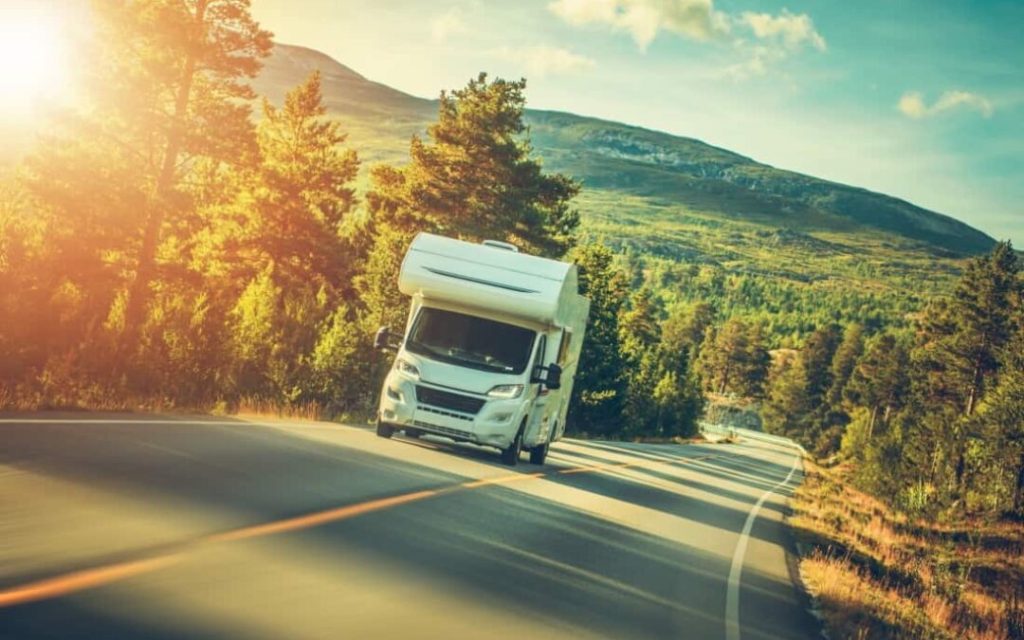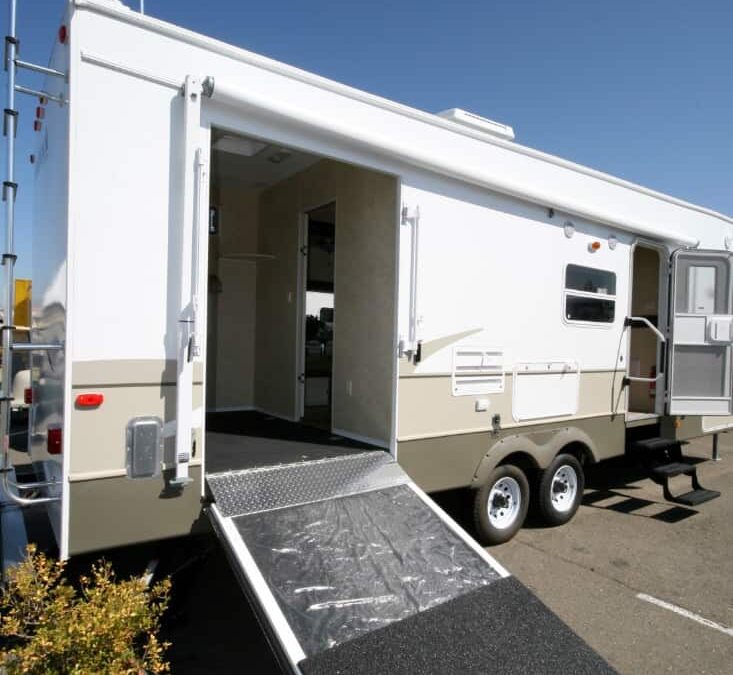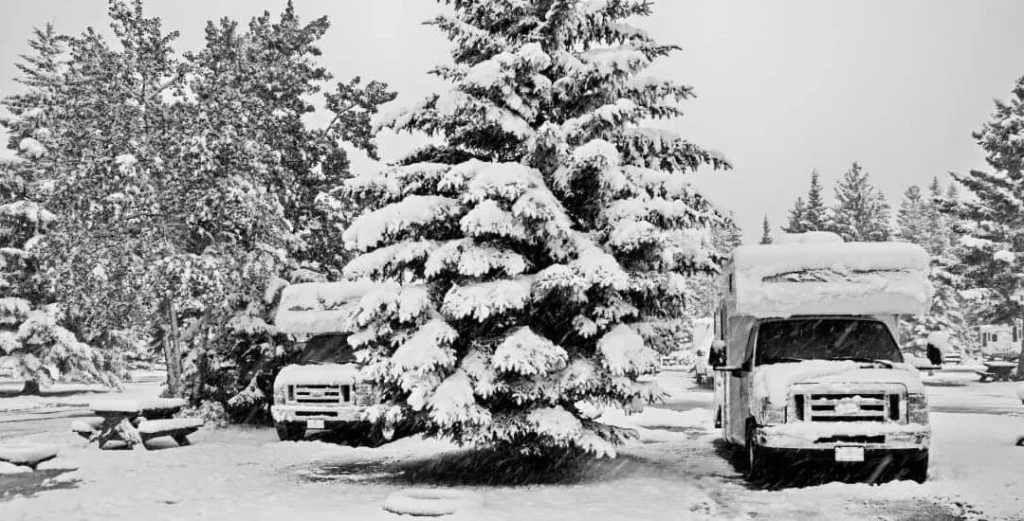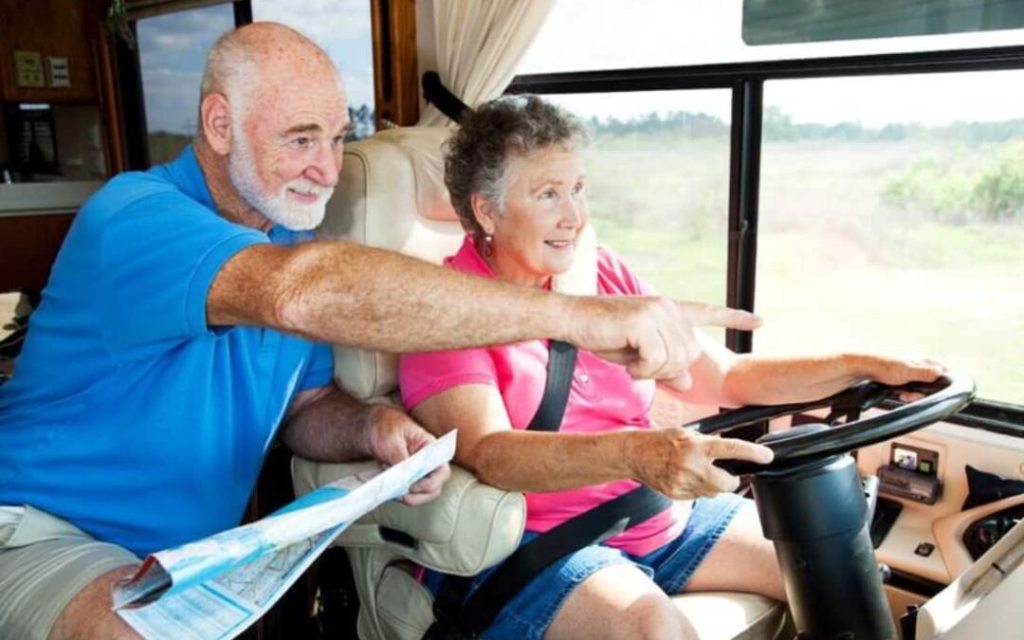
MOTORHOME BUYING GUIDE Motorhomes are a popular RV option due to their ability to drive to the campground – no tow vehicle is required! Once you’ve decided you want a motorhome, there are still a few other decisions to be made. Read on for some key considerations when buying a motorhome, then visit Unlimited RV to shop our selection of models. Our dealership is located in Independence and Eldon, Missouri. Choose Which Motorcycle Class To Buy A great starting point is picking a type of motorhome. Class A motorhomes are the biggest and resemble a bus. Their spacious interior is a huge perk for large groups and those who enjoy full-time RV living. Class B motorhomes are the smallest and resemble a van. Their compact design is great for only needing the basics to accommodate two people. Class C motorhomes are the mid-sized option and are built with a truck chassis. They offer a balance between cost and space. Think About Your Ideal Motorhome Size Even among the categories of motorhomes, there is still a variety of model sizes. The right sized RV for you depends on various factors such as the number of people joining you on vacation, how much space you need to feel comfortable and not cramped, and your budget. Make a List of Must-Have Motorhome Features Some motorhomes only come with the basics while others come with luxurious amenities. More features will cost more, of course, but they can also make your vacations even better. Spend some time looking up common motorhome features, then determine the amenities you want your model to have.

Toy Hauler Loading Guide Investing in a toy hauler is a great way to instantly improve your camping experience. Not only can you enjoy all the outdoors has to offer, but you’ll also be able to bring some of your favorite powersports equipment with you and still have a place to rest and relax at the end of the day. However, loading a toy hauler is a little different than loading any other RV. You’ll have more weight to work with and loading your toys will be a bit tricky. That’s why Unlimited RV has provided you with a guide to loading your toy hauler in a way that’s safe and ensures you’ll still get to your destination quickly and efficiently. Try out some of our tips and if you have additional questions or run into problems, come talk to our experienced staff at Independence and Eldon, Missouri. We also proudly serve those in Kansas City and Osage Beach, Missouri. 60/40 Rule Before you start loading, you’ll want to make sure you’re loading your toy hauler in a way that’s balanced and safe for towing. After all, an unbalanced trailer can favor one side when turning and make handling more difficult and dangerous. This means distributing the weight evenly from left to right, however, not so evenly from front to back. For this, you’ll want to follow the 60/40 rule: 60% of the total weight should be in the front half closer to the hitch and the remaining 40% should taper off towards the back. The bigger the toy hauler, the easier this will be as more weight will naturally be where all the furniture is. However, if you have a smaller model, you’ll want to pay special attention to where you’re putting your powersport vehicles. Tie Downs Your next concern should be making sure your toys won’t roll around while you’re in transit. Many toy haulers come with ways to tie down your vehicles, although only in ways of the “D”-rings that come with the trailer. You’ll need to provide your own straps, preferably ratchet straps as these push down on the vehicle’s suspension to keep it from moving around. If you feel there are not enough rings in the trailer to help you with this, there are aftermarket parts you can install. Disembarking Now it’s time to load the toy hauler. The most important thing to remember is to take it slow. Even in large toy haulers, it’s going to be a tight squeeze so overshooting your mark could damage the interior of your RV or your powersports vehicle, so keep it slow and steady. Minimize the Angle Try to minimize the angle at which you drive into the toy hauler. If there’s a way you can extend your ramp or lower it so there’s less of a sharp incline to get up, that will help you keep your slow and steady pace. Practice First Even when you’re being careful, loading your toy hauler can be difficult. That’s why we recommend practicing this process before your first trip out so you can be more confident and faster when loading your trailer when it really matters.

COLD-WEATHER RV CAMPING TIPS Now that the weather’s begun to turn colder, some folks might choose to store their RVs for the winter. Other people may instead choose to keep on traveling through the fall and winter months. If you’re in the latter category, you’ll want to ensure that you and your family are prepared to travel and go RV camping in cold weather. Here’s what to do. Pack Extra Supplies Keeping some extra supplies in your RV can be beneficial if you get stuck at a campground or even stranded on the side of the road due to inclement weather. Make sure you’ve got some propane to fuel your RV, bottled water for drinking (keep it in your RV so it doesn’t freeze in an external compartment), non-perishable foods, blankets, rope, a knife or multitool, and the usual items like fire extinguishers, an emergency radio, a tool kit to make repairs to your RV, and a first-aid kit. Layer Up You and your family will need to pack extra warm clothing and layer up for your hikes and other outdoor adventures. Start with a base layer of thermal underwear or leggings and a long-sleeved top, then add your jeans and lightweight sweaters before you put on your overcoat or jacket. Make sure everyone has extra pairs of thick socks, waterproof boots, rain gear, hats, scarves, and gloves. Use Caution on Winter Roads Driving through the Midwest in the winter is no picnic, since blizzards are common and temperatures are always extremely cold. You may need to strap snow chains onto your RV’s tires and the tires of your towing vehicle (if you’re using one) in order to gain traction on icy and slushy roads. You should also slow down your speed and turn on your lights in bad weather. Try to avoid driving after dark in the winter, since your visibility will already be reduced and driving or towing an RV is inherently more challenging than driving a car.

Essential RV Safety Tips Traveling in your RV is a rewarding and fun experience, but you do have to be safe about it. Going on camping trips requires you to take some precautions to ensure the safety of you and your passengers so that you can lower your chances of experiencing an emergency. Here’s what you need to do to follow the best RV safety practices. Check Before You Go Whether you’re leaving your house or departing from a campground, you should always take the time to thoroughly look over your RV and towing setup before you go. Make sure that all doors and windows are shut and latched, that your hitch and towing chains are secured, that lights and signals function properly, and that your tires are all aired up and in good condition. Stay in Touch When you’re heading out into the wilderness for a few days or a few weeks, you should still keep in contact with the outside world. Leave your travel plans with a trusted friend, neighbor, or family member, and try to check in with a phone call or text every few days. Let your friend know what your schedule is so that they can get in touch with rescue crews if you don’t return on time. Pack Supplies In addition to your standard RV gear (cooking supplies, linens, cleaning tools), you’ll also want to have some gear for emergency situations. A hand-crank or battery-operated radio is a must, just in case your phone fails you and you need help. Also, a well-stocked tool kit and a spare tire can help you address minor maintenance issues on the road. You should carry duct tape, rope, fire extinguishers, cold-weather gear, bottled water, additional propane, and a knife or hatchet.




